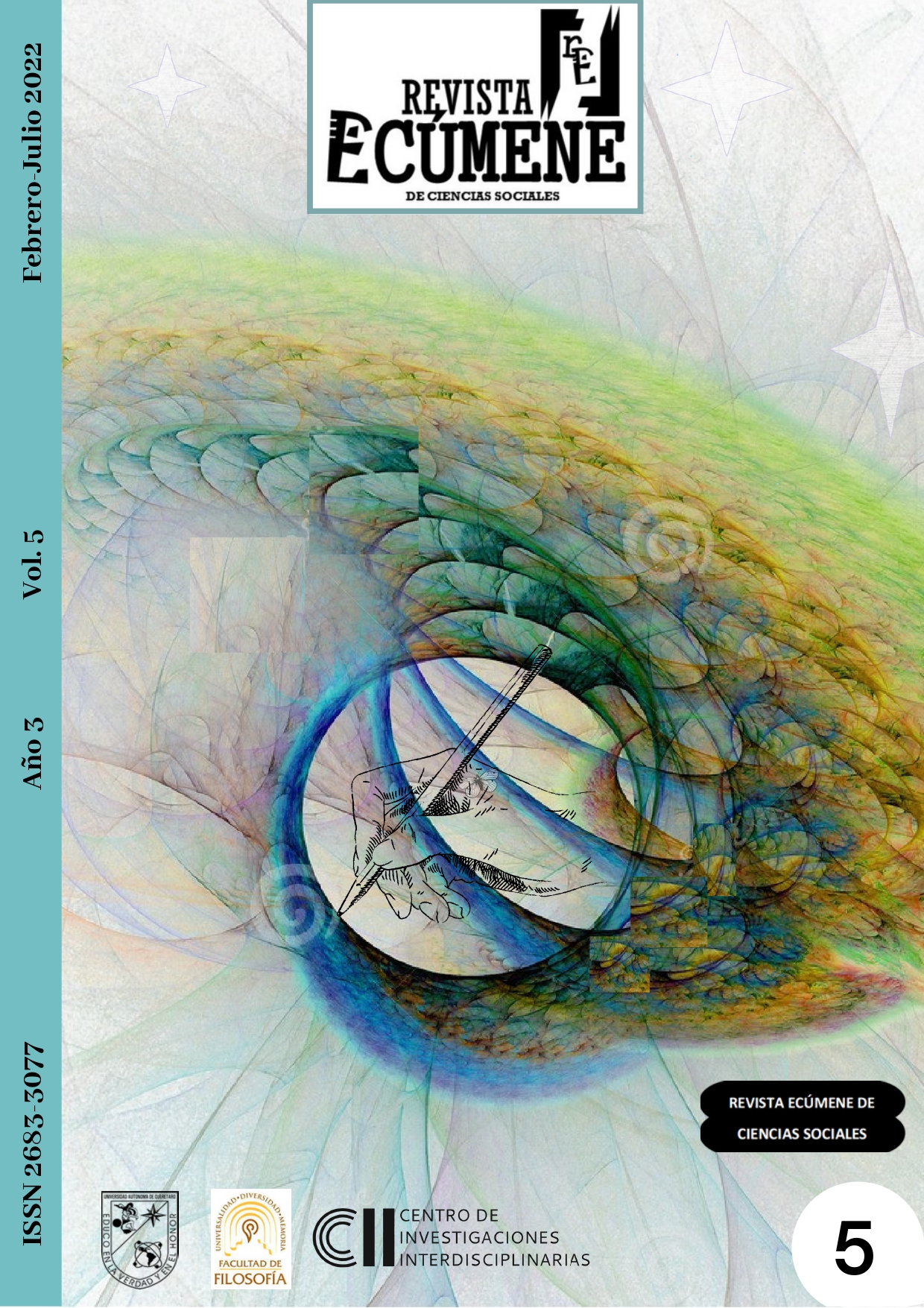Abstract
This article presents a proposal for a historiographical approach to a moment in the history of Mexico City in the 18th century where the cultural systems of the viceroyalty began their irreversible transition from the confessional order to the secularization of state administration: the origins of the modern state, but still framed in an order of the old regime. Thus, from an approach to the work of José Antonio Villaseñor y Sánchez -who lived, measured and described Mexico City in the first half of the 18th century- we propose to think of the cartographic image as objects of representation of reality in which their creators print their own way of living and understanding their time. In this case, starting from the first geographical-regional chronicle elaborated from New Spain by a Novohispanic Creole, witness of what we could call a stage of thought pre-colonial enlightenment.

This work is licensed under a Creative Commons Attribution 4.0 International License.
Copyright (c) 2022 Autor

